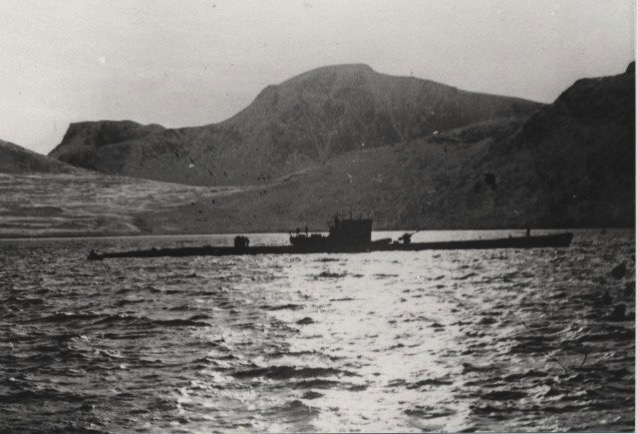A few days ago my son posted this short statement on Facebook:
We weren’t ready for the Internet
He got some affirming comments and I just added,
Because of the Internet and other advances in telecommunications and broadcasting, we have become a world of nations divided by ideology instead of nations divided by borders. You can’t “storm the beaches” of the ideas that are contrary to yours.

This is actually something that I’ve thought about for quite a few years and the reason I spent the last 15 years trying to convince teachers to redefine literacy.
The fact is that we believe what we read on the Internet, because we were taught to believe what we read. Our schooling was purposely limited to textbooks, compelling (and not so compelling) lectures and library resources selected by librarians with advanced education. We try to limit our students’ learning to what is reliably accurate. As a result, our notion of what it is to be literate is limited. Can you “read and understand what someone, who you trust, has handed you to read.” ..and can you answer questions about it on a test?
In my efforts, I respelled the 3 Rs with 3 Es. Instead of teaching children to read, we should be helping them learn to Expose what is true. To expose what is true, you must learn to read it. But being able to search for, find and synthesize the information, and select that which is most appropriate to your situation, has become just as critical as being able to read it.
I use to suggest to teachers that they should, at every occasion, ask their students, “How do you know that’s true?” I added that students should be free to ask their teachers, “How do you know that’s true?” I suspect that if political candidates were regularly asked, “How do you know that?” and we demanded answers, our leadership might be quite different.
The other Es were:
- Learning to Employ information, instead just teaching students to calculate numbers
- Learning to Express Ideas Compelling, instead of just teaching students to write a coherent paragraph
- There was a 4th E – exposing, employing and expressing information with respect for and devotion to what is true, Ethically using information to answer question, solve problems and accomplish goals.

